Fundamentals of Analytical Methods in Applied Medicine:
Course Description
Fundamentals of Analytical Methods in Applied Medicine build upon the skills and knowledge from Biology, Chemistry, and Biomedical Science /Biotechnology courses to provide advanced content and laboratory fundamentals in applying industry-standard analytical techniques, including electrophoresis, liquid and gas chromatography, and mass spectrometry. In addition, students will develop knowledge and skills that they will use for cosmetics, environmental toxins, food science, forensics, pharmaceuticals, and proteomics. Each unit will include a suggested “class block” time frame that will span between forty-five minutes of instruction to over one hundred and five minutes of instruction depending on the school’s bell schedule.
Advanced Applications of Analytical Methods in Applied Medicine:
Course Description
Advanced Applications of Analytical Methods in Medicine is the second course in a 2-year series that prepares students for advanced laboratory investigations in health topics through the implementation of liquid chromatography-mass spectrometry (LC-MS), gas chromatography-mass spectrometry (GC-MS), and Inductively coupled plasma–mass spectrometry (ICP-MS). The course builds upon the basic knowledge and skills obtained in Fundamentals of Analytical Methods in Applied Medicine. Tandem applications of the analytical methods covered in the first year course allow students to carry out guided and self-directed research in health-related fields such as cosmetics, environmental toxins, food science, forensics, medicine, pharmaceuticals, and proteomics and space exploration. During the first semester, students learn how qualitative and quantitative analytical techniques are coupled in tandem to reduce analytical complexity, enhance resolution and refine data acquisition for biologically important molecules and processes related to health. The second semester will be centered on independent or team pairs of students designing and carrying out a research project to prepare for a Capstone project. Each unit will include a suggested “class block” time frame that will span between forty-five minutes of instruction to over one hundred and five minutes of instruction depending on the school’s bell schedule.


